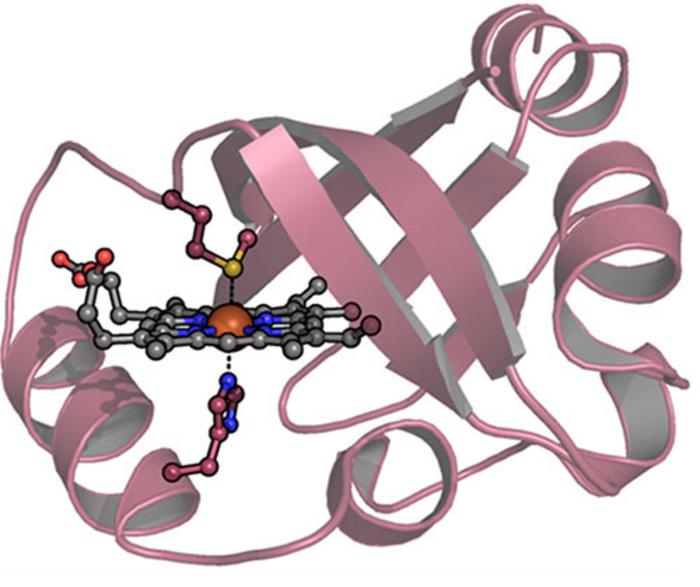Scientists have engineered a molecule that shows promise as the world’s first fast-acting antidote for carbon monoxide poisoning.
Carbon monoxide is the leading cause of accidental poisoning, accounting for nearly 30,000 deaths globally each year.
It mainly occurs when the gas from generators or vehicles builds up in poorly ventilated spaces.
The gas is also a common contributing factor to deaths from building and forest fires.

Carbon monoxide binds strongly with haemoglobin in the blood, preventing the molecule from performing its role of transporting oxygen in the body.
Currently, the only available treatment for carbon monoxide poisoning involves giving patients 100 per cent pure oxygen, sometimes under pressure in a hyperbaric chamber.
But even with this treatment about half of survivors suffer long-term heart and brain damage, highlighting the need for faster, more effective therapies.
Despite a high death rate and long-term complications among survivors there are currently no specific antidotes available to treat carbon monoxide poisoning, the researchers noted in their study published in the journal PNAS.
In the study, scientists engineered a protein-based molecule called RcoM-HBD-CCC, which soaks up carbon monoxide from the blood like a sponge.
The molecule uses a natural protein called RcoM, or regulator of metabolism, which the bacterium Paraburkholderia xenovorans produces to sense minute levels of carbon monoxide.
It is known to bind to carbon monoxide without interfering with oxygen or other important molecules in the body.

Researchers particularly focused on engineering carbon monoxide “scavengers,” which are proteins with a similar structure to haemoglobin that bind even more strongly to carbon monoxide, and less so with oxygen.
They found that their scavenger molecule RcoM-HBD-CCC bound strongly to carbon monoxide molecules, reducing the time it takes to clear half of the carbon monoxide in the blood to less than a minute, compared to pure oxygen therapy, which takes more than an hour.
Scientists showed that the new therapy could quickly remove carbon monoxide from red blood cells in mice and was then safely flushed out of their bodies via urine.
“Unlike other protein-based treatments, we found the compound caused only minimal changes in blood pressure, which was an exciting finding and raised the potential for this new molecule to have clinical applications,” says Mark Gladwin, an author of the study from the University of Maryland School of Medicine.
“This has the potential to become a rapid, intravenous antidote for carbon monoxide that could be given in the emergency department or even in the field by first-responders,” Dr Gladwin says.
Scientists hope to conduct further pre-clinical research to determine the safe and effective dosage range for RcoM-HBD-CCC in treating carbon monoxide poisoning.



